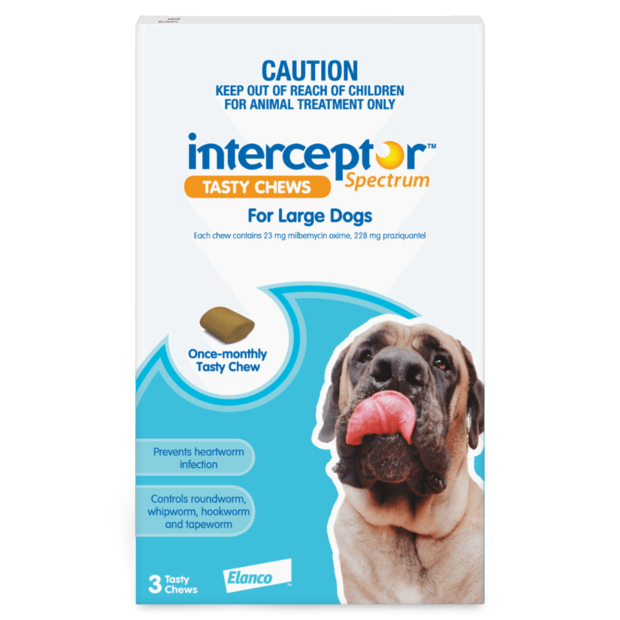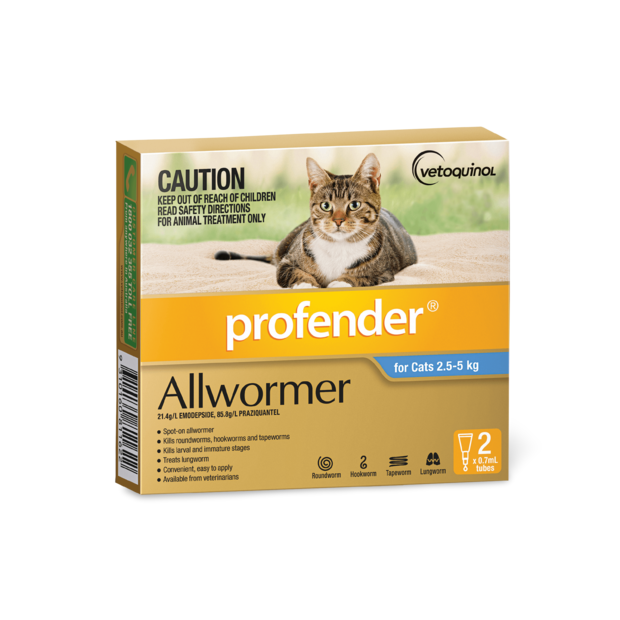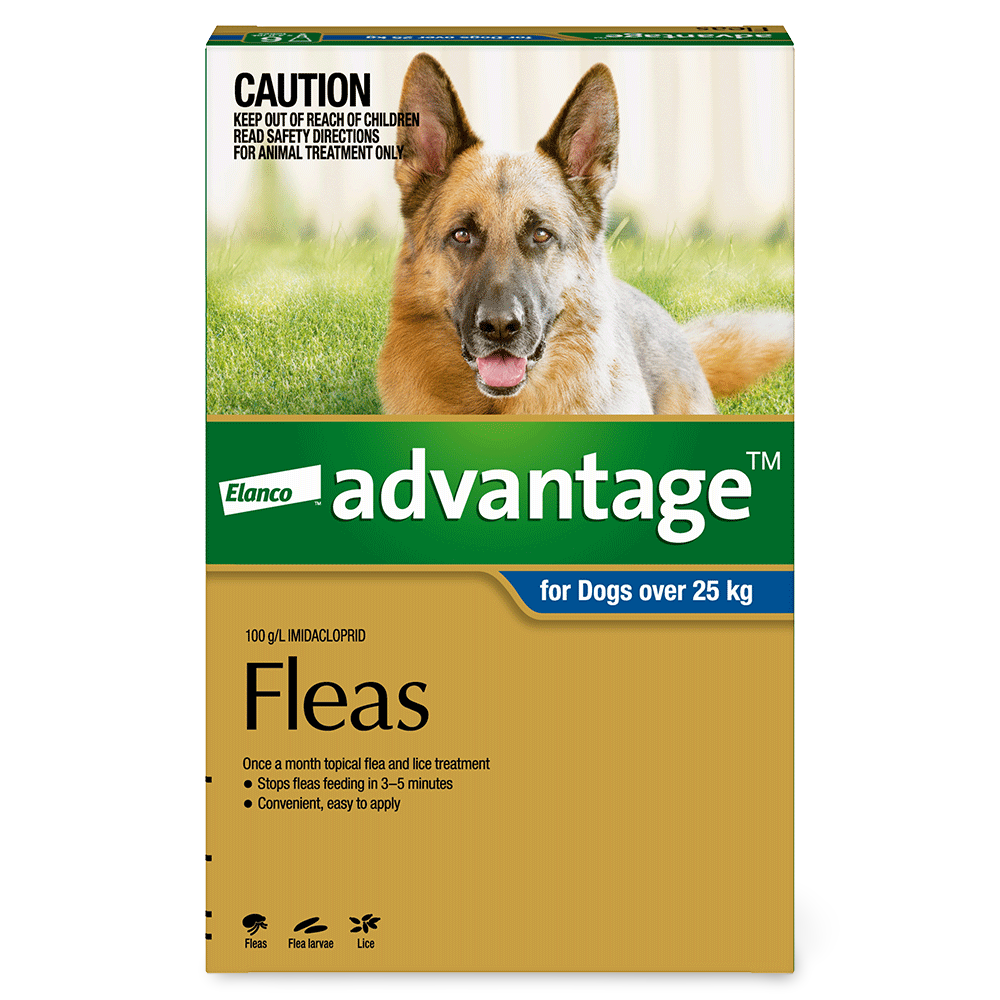Fleas, ticks and Worms in Dogs and Cats: Everything You need to Know
This article is written by Pet Circle Veterinarian, and last updated by .
Fleas, ticks, and worms are among the most common parasites that affect dogs and cats worldwide. These tiny pests can cause a range of health issues for our beloved pets, from mild irritation to serious illnesses. Understanding the risks associated with these parasites and knowing how to prevent and treat them is essential for every pet owner.
In this comprehensive guide, we will delve into the world of fleas, ticks, and worms, exploring their biology, the diseases they can transmit, and the best ways to protect your furry friends from these pesky invaders. Whether you're a new pet owner or a seasoned pro, this article will help you to identify these nasty critters, recognise the symptoms, and see which preventatives are best for each.
Skip to a section:
6. Which Product Do You Need? Comparison Tables of All Parasite Treatments and Their Coverage
1. Fleas

Fleas are small, wingless, bloodsucking insects that live on your dog's body and lay eggs in the environment. Despite your best efforts, your cat or dog may become infested with fleas through contact with other animals, or fleas that are roaming around in the environment.
There are four life stages of a flea: egg, larvae, pupae and adult. Of all these phases, only the adult phase occurs on your pet! Eggs are laid in the environment - particularly in soft warm fabric such as carpets, pet beds, and blankets. This is why it's so hard to get rid of fleas: a new wave of juvenile fleas can emerge after you've killed the initial population with a flea treatment.
How to tell if your pet has fleas:
It's not always easy to spot fleas in your pet's fur, as they are swift and expert hiders! The best places to spot live fleas are usually over the rump in dogs or under the chin in cats. However, you may never actually see live fleas - instead, something to look for is flea dirt. Flea dirt is actually flea faeces, i.e. digested blood (gross!). You can easily tell the difference between 'regular' dirt and flea dirt by placing it on some white paper and dripping water on it. Flea dirt will leave red blotches on the paper, and regular dirt won't.
Dog products that kill fleas include: Nexgard & Nexgard Spectra for Dogs, Bravecto, Simparica & Simparica Trio, and Credelio Plus.
Cat products that kill fleas include: Bravecto, Nexgard Spectra for Cats, Advocate & Advantage and Revolution & Revolution Plus.
For more information about fleas and flea prevention, see our articles:
For Cats:
Everything you need to know about fleas on cats
How to treat fleas on cats
For Dogs:
How to tell if a dog has fleas
How to treat fleas on dogs
What to do when your dog doesn't have fleas, but won't stop scratching
2. Ticks

There are three main types of ticks: brown, bush and paralysis. Brown and bush ticks are usually not life threatening but will irritate your pet where they latch on to feed, and can transmit other diseases such as Ehrlichiosis.
Paralysis ticks, however, are the main concern in Australia. They are venomous and will quickly cause paralysis and even death if left untreated. Paralysis ticks are commonly found on the East coast of Australia.
What to do if you find a tick on your pet: take them to your veterinarian immediately for examination. They may require tick antiserum and supportive care. It's important not to assume that the problem is 'gone' as soon as the tick has been removed. Even after a tick has been removed, your pet's symptoms may worsen and develop further because the venom is still present in their system.
Symptoms of tick paralysis:
- Weakness or loss of coordination in back legs
- Change in sound of bark or voice
- Loss of appetite
- Excessive drooling
- Coughing or trouble breathing
- Vomiting, retching and regurgitation
For more information, take a read through our other articles:
Everything you need to know about tick paralysis in dogs and cats
How do dogs get ticks?
How to remove ticks
Is a tick collar enough?
Dog products that kill or repel ticks include: Nexgard & Nexgard Spectra for Dogs, Bravecto, Simparica & Simparica Trio, Credelio Plus and Seresto.
Cat products that kill or repel ticks include: Bravecto, Nexgard Spectra for Cats, Seresto and Revolution & Revolution Plus.
Pet Circle recommends daily tick searches regardless of whether you are using a treatment, particularly if you live in a tick prone environment.
3. Heartworm

Heartworm is a blood parasite trasmitted via mosquitoes. When an infected mosquito bites your pet, it injects baby heartworm larvae (known as microfilaria) into the blood. In dogs, these microfilaria make their way to the heart, where they mature and grow. Interestingly, it's a little different in cats - you can read more about this in our article: The Facts About Heartworm.
This insect-borne method of spreading is the reason why heartworm is more prevalent in tropical and warmer environments: more mosquitoes equals more heartworm. Unfortunately, this also means that indoor-only animals are still at risk of catching heartworm, as pesky mosquitoes can easily find their way inside!
Symptoms can take months to appear and if left untreated, will result in death. Sadly, even the treatment of heartworm is very difficult and dangerous, and can often result in death of the dog.
Heartworm is at the same time incredibly difficult to treat, but incredibly easy to prevent.
If your pet's heartworm is late, or if their previous heartworm treatment history is unclear, it may be dangerous to give them heartworm prevention. Depending on the preventative you used previously, and the preventative you intend to give, you may need to have them tested for any infestations prior to administering a preventative. A follow up heartworm test approximately 6 months later will also be required.
If your pet has missed their heartworm preventative, or if you are unsure of their history of heartworm prevention, please contact your vet, or our Pet Circle Vets to discuss what to do next.
Symptoms of Heartworm Disease
- Chronic coughing
- Gagging or vomiting
- Exercise intollerance
- Weakness
- Collapse
If you are suspicious that your dog has heartworm, take them to the vet. Your vet will be able to perform a quick and easy snap test with a drop of blood.
Dog products that prevent heartworm include: Interceptor, Milbemax, Nexgard Spectra, Simparica Trio, Sentinel, Advocate and Credelio Plus. There is also an annual injection available from your local veterinarian for dogs only.
Cat products that prevent heartworm include: Bravecto Plus, Nexgard Spectra for Cats, Milbemax, Advocate, and Revolution & Revolution Plus.
4. Intestinal Worms

Intestinal worms range from small, microscopic strongyles to foot-long, squirmy tapeworms. Your dog may contract worms by coming into contact with other infected animals, drinking contaminated water or eating food that contains a worm parasite.
How to tell if your pet has worms
Contrary to popular belief, an itchy bottom is not a common sign of worm infestation. Scooting or an itchy bottom is more likely caused by anal gland irritation. In fact, symptoms of intestinal worms include:
- Diarrhoea (sometimes with blood)
- Worms in stools or around anus
- Weight loss
- Distended (pot-bellied) tummy
- Vomiting
- Weakness
- Anaemia
For more information about intestinal worms, take a read through our other articles:
For Dogs:
Worms in dogs
Tapeworms in dogs
How often should I worm my dog?
For Cats:
Worms in cats
How do cats get worms?
How often should you worm your cat?
Which wormer is the best?
It's important to be aware that some worming products do not kill tapeworm. Tapeworm is large and more difficult to kill than smaller worm species, requiring a specific medication called Praziquantel. We have included only products below which kill all important worm species, including tapeworm.
Dog products that treat intestinal worms include: Milbemax, Drontal, Interceptor, Sentinel, Cazitel and Milpro
Cat products that treat intestinal worms include: Milbemax, Milpro, Drontal, and Profender.
5. Mites

Mites are rare and usually only occur in juvenile or immunocompromised pets (for example, dogs with skin allergies). Mites of concern in Australia include the skin mite Demodex and ear mite Otodectes. Sarcoptes (scabies) is another mite that may be found in some parts of Australia, but is comparatively rare.
Demodex causes a patchy hairloss, particularly over the forehead or eyelids. It is mostly seen in warmer areas of Australia. Demodex usually only affects puppies, and dogs with hormonal conditions (such as hypothyroidism), or skin allergies. It is particularly common in staffies, due to their predisposition to skin allergies.
Otodectes - aka ear mites - causes intense itchiness in the ears, and may lead to a brown discharge. It is commonly seen in puppies and kittens.
Dog products that kill mites include: Bravecto, Simparica & Simparica Trio, Advocate, Nexgard & Nexgard Spectra, and Credelio Plus.
Cat products that kill mites include: Bravecto, Advocate, and Revolution & Revolution Plus.
6. Which Product Do You Need?
For a full guide to parasite prevention products on the Australian market and which one YOUR pet needs, see the following guides:
• Parasite Prevention Guide For DOGS
• Parasite Prevention Guide for CATS
Comparison Table of all Australian Parasite Preventatives and their Coverage
See our product comparison tables below for an easy guide to flea, tick and worming treatments and their coverage.
(Skip to Table for Cat Products)
DOG Products Comparison Table
CAT Products Comparison Table
Further Reading
Want to read more? Check out our other articles:
Which Flea or Worming Product Do I Need?
How To Get Rid of Fleas in Dogs
Stop the Scratching: Cures for Skin Allergies in Dogs
How to Get Rid of Fleas in Cats
Complete Guide to Cat Parasite Products in Australia
Want to know more? Check out our Discover Page for more tips from our expert vets on keeping your pets happy and healthy.





















































































